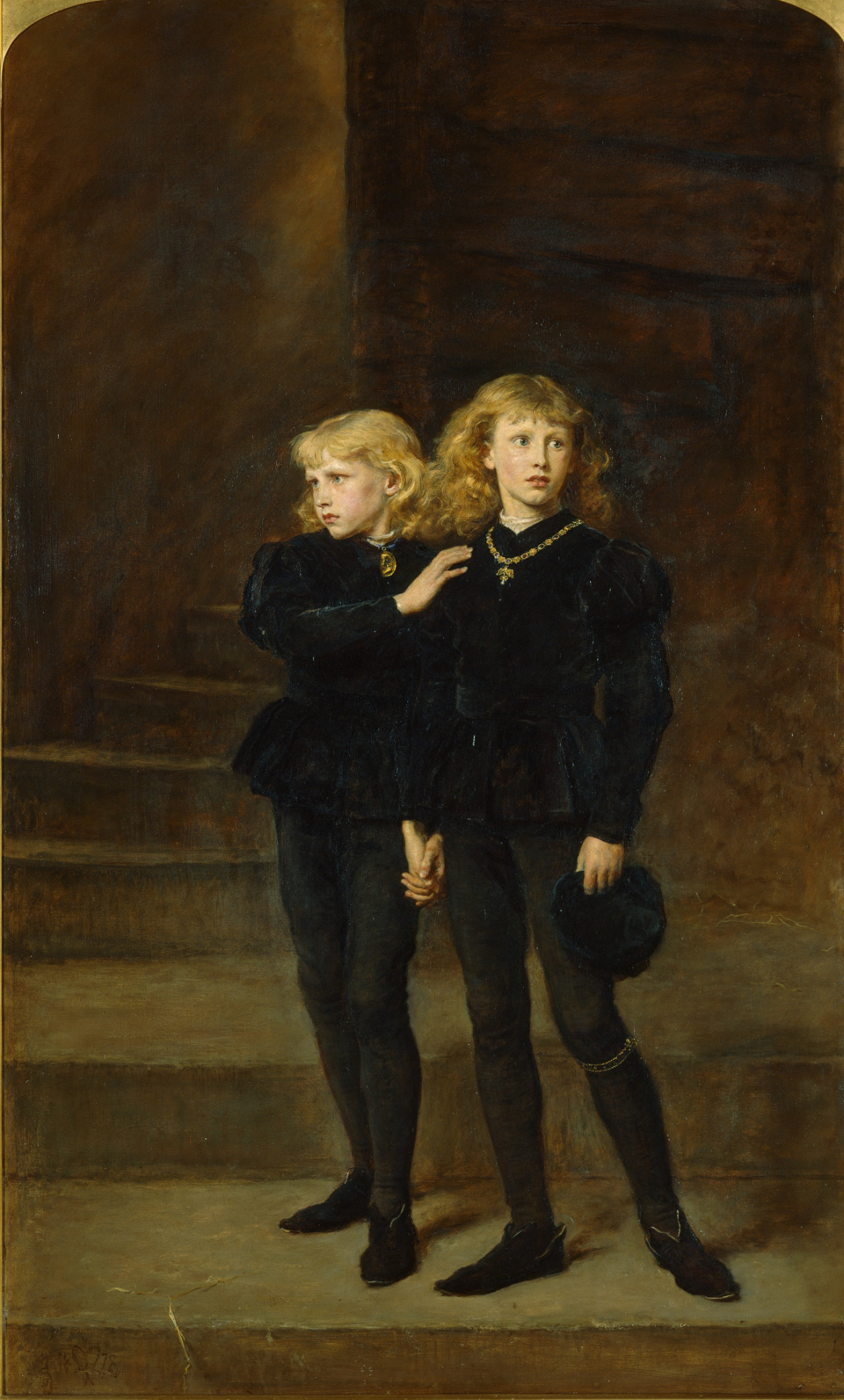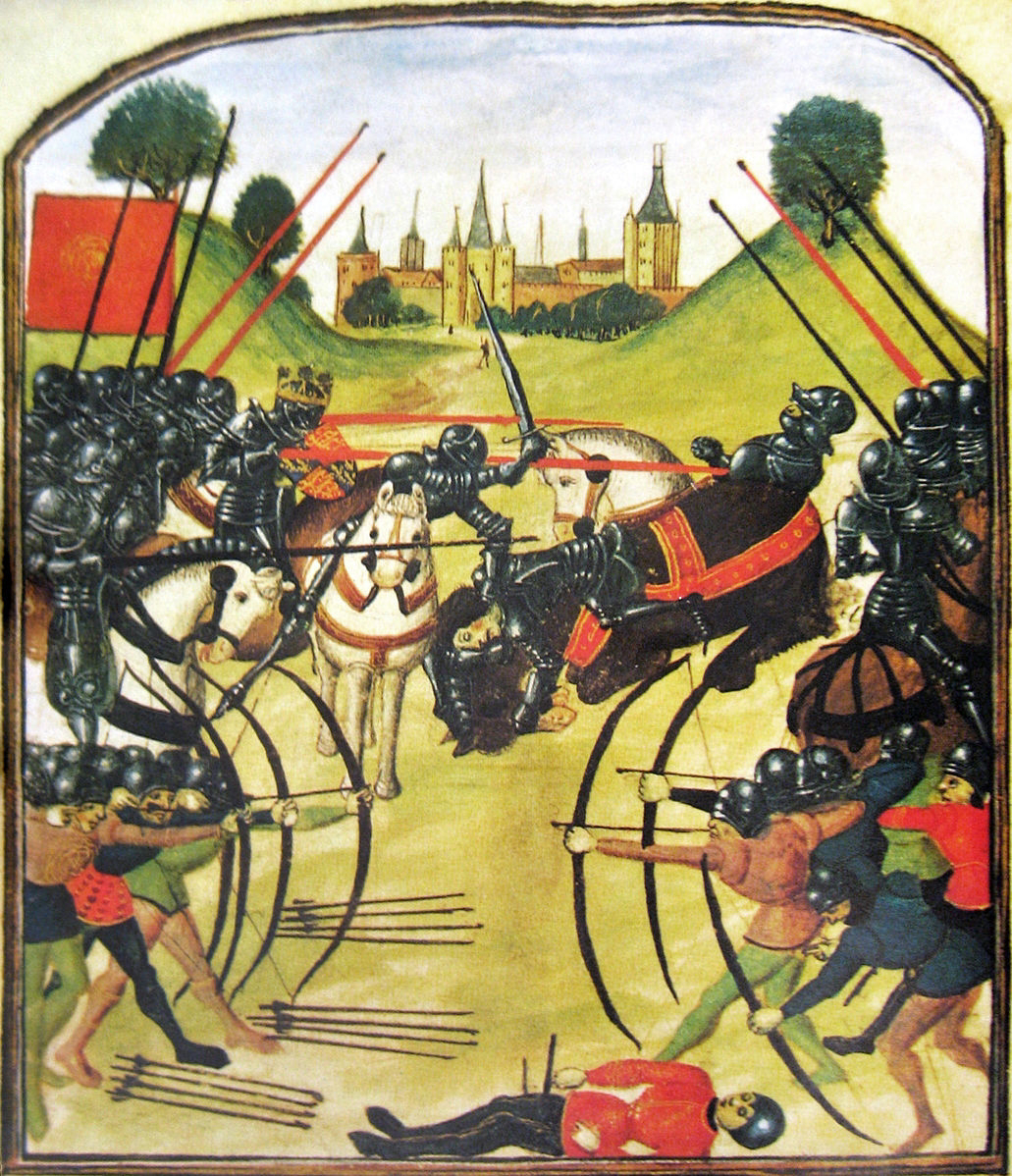Sunday, 27 April 2025
Elizabeth of York
Monday, 21 April 2025
Henry VII part 2
In 1483, the sudden death of King Edward IV led to a power struggle. His young son, Edward V, was named heir, with Richard, Duke of Gloucester, appointed Lord Protector. However, Edward IV’s marriage to Elizabeth Woodville was declared invalid, making their children illegitimate. Richard seized the throne and became Richard III. The young princes, Edward and Richard, were lodged in the Tower of London and soon disappeared under mysterious circumstances.
Henry, supported by French troops and Welsh allies, landed in Wales on the 7th of August 1485 and marched toward London, gathering support. He reached out to his influential stepfather, Thomas Stanley, whose allegiance was uncertain. To ensure Stanley’s loyalty, Richard took Stanley's son, Lord Strange, as a hostage.
Henry Tudor entered London as King Henry VII on the 27th of August 1485 and was crowned on the 30th of October. On the 10th of December, Parliament formally requested that he marry Elizabeth of York, which he did five weeks later. This union symbolised the reconciliation of the warring houses of York and Lancaster.
Elizabeth of York (1465-1503)
Their marriage produced four surviving children, including the future Henry VIII. Elizabeth died in 1503, and Henry was reportedly devastated. Henry VII ruled for over 23 years, stabilizing England after years of civil war. His accomplishments included securing the Tudor dynasty, reforming government (such as through the Court of the Star Chamber), restoring the Crown’s finances, and maintaining peace in the realm.
Henry VII became the first Tudor king, effectively ending the Wars of the Roses and introducing the powerful Tudor dynasty. He declared himself king retroactively from the day before the battle to legitimise the confiscation of Yorkist property. To unite the warring houses of York and Lancaster, he honoured a pledge to marry Elizabeth of York in 1486, securing the his dynasty.
Though his reign brought relative peace, Henry faced several rebellions. In 1487, Yorkists backed Lambert Simnel, a boy claimed to be Edward of Warwick. The uprising was crushed at the Battle of Stoke. Another pretender, Perkin Warbeck, claimed to be one of the missing Princes in the Tower. He was supported by European powers but was eventually captured and executed in 1499. Henry dealt harshly with internal threats, including executing his former ally William Stanley and Warwick himself, to secure his throne. Henry used marriage alliances to strengthen his international position, most notably marrying his son Arthur to Catherine of Aragon, daughter of the powerful Catholic monarchs of Spain. He also arranged the marriage of his daughter Margaret to James IV of Scotland, which would later lead to the union of the English and Scottish crowns.
Economically, Henry was cautious and focused on increasing royal income. He revived old taxes and enforced financial obligations through harsh methods, often using bonds and recognisances to control the nobility. His two most notorious tax collectors, Empson and Dudley, became symbols of his oppressive fiscal policy and were executed under Henry VIII. He bolstered trade through treaties like the Magnus Intercursus with Burgundy, a major commercial treaty signed in 1496 between England and the Duchy of Burgundy. He also became involved in the lucrative alum trade. Alum was a valuable mineral used in textile’s. Henry also promoted naval strength, supporting explorers like John Cabot, who sailed west in 1497 under Henry's commission.
To consolidate law and order, Henry relied on justices of the peace and strengthened the authority of the Star Chamber to curb noble power. He restricted private armies and passed laws against "livery and maintenance," targeting the practice of retaining armed followers.
Later in life, personal tragedy struck with the deaths of his son Arthur and wife Elizabeth, which deeply affected him. He considered remarriage but never followed through. His final years were marked by increasing financial exactions and growing unpopularity due to his harsh policies. Henry VII died of tuberculosis on the 21st of April 1509 at Richmond Palace and was buried beside his wife in Westminster Abbey. He was succeeded by his second son, Henry VIII who came to the throne due to the death of his brother Arthur. Despite criticism, Henry VII restored stability, strengthened the monarchy, and laid the foundations for the Tudor dynasty.
The Battle of Stoke Field was fought on the 16th of June 1487 near East Stoke in Nottinghamshire and it is often considered the final battle of the Wars of the Roses. Although the Battle of Bosworth that happened in 1485 had established Henry VII as king and ended Yorkist rule, his reign was still insecure, prompting one last major Yorkist uprising. The rebellion centred on Lambert Simnel, a boy who, coached by priest Richard Symonds, claimed to be Edward, Earl of Warwick, a Yorkist heir imprisoned in the Tower of London. John de la Pole, Earl of Lincoln, who had once been named heir by Richard III, supported the cause. Backed by his aunt, Margaret of Burgundy, Lincoln gathered 2,000 German and Swiss mercenaries under Martin Schwartz and allied with Lord Lovell and other Yorkist exiles.
They first sailed to Ireland, where Yorkist support was strong. Simnel was crowned "King Edward VI" in Dublin on the 24th of May 1487. With 4,500 Irish mercenaries and their continental allies, the force landed in Lancashire in early June and marched over 200 miles in five days. After a skirmish victory at Tadcaster and a diversionary attack on York, Lincoln moved south through Sherwood Forest, pursued by Henry VII’s growing army. On the16th of June, Lincoln's 8,000-strong force met Henry's army near East Stoke. The Yorkists occupied a hilltop position but were hemmed in by the River Trent on three sides. The Earl of Oxford led Henry’s vanguard, supported by seasoned commanders like Jasper Tudor and John de Vere. The battle began with a Yorkist charge, hoping to break the Lancastrian line quickly. Though initially shaken, Oxford held the line, and the longbowmen inflicted heavy losses, especially on the lightly armoured Irish kerns. The Yorkists, unable to retreat, were eventually overwhelmed. Lincoln, Schwartz, and Fitzgerald were killed; Lovell disappeared and was never conclusively seen again.
Simnel was captured but was spared by Henry, who recognized he had been a pawn. Simnel was put to work in the royal kitchens and later became a falconer. The Irish nobility and clergy who supported him were pardoned, though some clerics were later excommunicated by the Pope at Henry’s request. Henry commemorated his victory by raising his standard at Burham Furlong, marked today by a memorial. Many of his supporters were knighted in the aftermath. Henry used fines, rather than mass executions, to punish the rebels, a reflection of his strategy to weaken the nobility financially rather than provoke further unrest.
The battle solidified Henry VII’s hold on the throne and marked the end of large-scale dynastic conflict. However, Yorkist plots persisted, most notably with the appearance of another pretender, Perkin Warbeck, in the 1490s.
Perkin Warbeck (c. 1474 – 23 November 1499) was a pretender to the English throne who claimed to be Richard of Shrewsbury, Duke of York, one of the two Princes in the Tower and the younger son of King Edward IV. If true, he would have had a strong claim to the throne over Henry VII. Warbeck’s mysterious identity and persistent rebellions made him a significant threat. Warbeck was born in Tournai (modern-day Belgium) as Pierrechon de Werbecque, the son of a Flemish official. His story took a dramatic turn when he arrived in Cork, Ireland, around 1491. There, Yorkist sympathisers encouraged him to claim he was Richard, Duke of York. Warbeck gained early support from European courts, including that of Margaret of Burgundy, the sister of Edward IV, who publicly recognised him as her nephew.
He was also welcomed by James IV of Scotland, who even gave Warbeck his cousin, Lady Catherine Gordon, in marriage. James used Warbeck as a political tool to pressure Henry VII, but eventually grew tired of his presence and sent him away in 1497. Warbeck launched several failed attempts to land in England and Ireland to rally supporters, including the Battle of Deal in Kent and a failed siege of Waterford. His final attempt came when he landed in Cornwall in September 1497, hoping to exploit recent unrest there. Declared “Richard IV” by locals, he quickly attracted 6,000 followers but panicked and fled when royal troops approached. He was captured at Beaulieu Abbey and surrendered without a fight.
Initially treated with leniency by Henry VII, Warbeck confessed to being an impostor and was kept under guard at court. However, after attempting to escape and conspiring with Edward, Earl of Warwick, he was imprisoned in the Tower of London. In 1499, both were executed, Warbeck by hanging at Tyburn, and Warwick by beheading on Tower Hill.
Warbeck's story fueled speculation for centuries. Some believed he might truly have been Richard, the lost prince, due to his physical resemblance to Edward IV and the passionate support he received from key Yorkists. However, his own confession, likely made under duress, named him as a Fleming of modest origin. Despite being dismissed by the Tudor regime as a fraud, Warbeck's life has remained a topic of intrigue in history.
Warbeck was buried at Austin Friars, London, in an unmarked grave. His story is remembered as one of the most dramatic and persistent challenges to Tudor authority, highlighting the fragile nature of royal legitimacy in the turbulent aftermath of the Wars of the Roses.
Monday, 14 April 2025
Henry VII Part 1.
It was the Battle of Tewkesbury, that was the catalyst to Henry and Jaspers retreat from England.
Battle of Tewkesbury in Brief: The Clash That Sealed Edward IV's Power
The Battle of Tewkesbury was a decisive conflict during the Wars of the Roses between the House of York and the House of Lancaster. Fought on the 4th of May 1471, it marked a turning point in the struggle for the English throne.The Yorkist forces, led by King Edward IV, faced the Lancastrians, commanded by Queen Margaret of Anjou and her son, Edward of Westminster, Prince of Wales. Edward IV had recently regained the throne after returning from exile and was determined to crush Lancastrian resistance. The two armies clashed near the town of Tewkesbury in Gloucestershire. The Yorkists, well-organized and tactically superior, won a resounding victory. Many prominent Lancastrians were killed or captured. Most notably, Prince Edward, the Lancastrian heir who was killed in the aftermath, either in battle or during his capture, sealing the fate of the Lancastrian cause. Queen Margaret was taken prisoner, and Henry VI, already imprisoned in the Tower of London, was murdered shortly after. The battle effectively left the House of York in control of the English throne.
The death of Henry VI and his only son, left Henry VII in a hugely dangerous position. He was now an heir to the Lancastrian line, albeit tenuously. They were in no position to fight for the throne, many Lancastrians had been killed in battle and Edward had a lot of support. Henry, only a child at the time, was taken into exile...just waiting for the right time for his return to England and with it the recognition as king.
Part Two coming soon.
Prince Arthur
Arthur, Prince of Wales circa 1500 Private collection, Hever Castle, Kent Arthur, Prince of Wales was born on the 19th or 20th o...

-
BOSWORTH FIELD Bosworth Field was a hugely important part of British history, it was the start of the Tudor dynasty. Everybody has heard of...
-
Hello, you lovely people. I hope you are all feeling well and looking forward to our next delve into the history of Bletchley Park. Today I...
-
The Manor at Bletchley Park today. Photo. Let's discover the past together 2025. Knowing where to start on a blog is pr...











